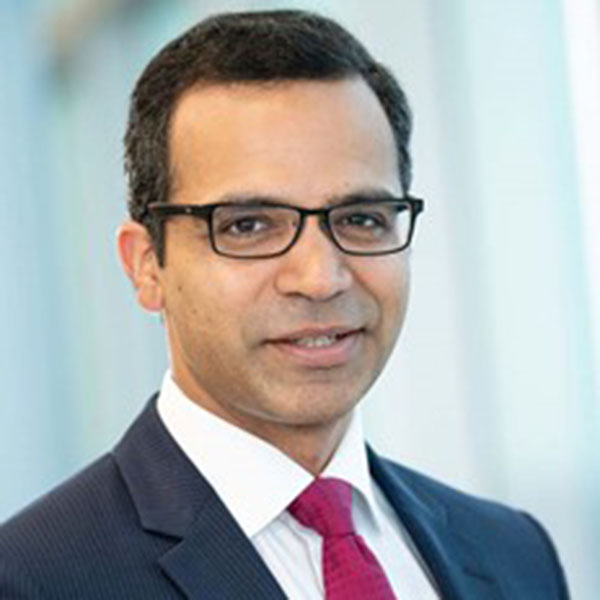Applying Quality Improvement Research to a Hybrid Cardiology Clinic

Aniruddha Singh, MD, FACC
A hybrid practice allows private cardiology attendings to perform clinic work from their offices, while serving in an academic role and teaching cardiology fellows, too. Although providing meaningful research experience to fellows while managing busy private clinics can be challenging, it is a valuable opportunity for trainees to gain quality improvement/patient safety experience in an outpatient setting.
The project described below is an example of how quality improvement research could be implemented in a hybrid clinic, followed by an interview with Aniruddha Singh, MD, FACC.
The rise of COVID-19 pandemic thrusted healthcare providers into telehealth overnight to provide ongoing care for their patients. In our hybrid cardiology clinic, we had to create an infrastructure for telehealth within a matter of days amid the enforced city lockdown. This included adopting a telehealth platform and designing a delivery system around the restrictions. After three months of implementing telehealth, two cardiology fellows, Bashar Al Hemyari, MD, and Sajjad Haider, MD, surveyed 224 clinic patients utilizing the PACT questionnaire to identify the advantages, disadvantages, barriers and ways to improve the existing telehealth delivery system. Telehealth visits were viewed favorably across the domains of patient centered communication, clinical competence, interpersonal skills, and supportive environment. They performed inferiorly to in-patient visits only with regards to the physical exam.
Singh: What was most rewarding to you about the extensive research you performed?
Al Hemyari: Our busy practice serves a large rural population in south-central Kentucky, covering a 75-mile radius. Therefore, many patients saw a great advantage in using telehealth visits due to reduction in travel time, visit wait time and cost.
Singh: How do you plan to use results from this study to improve healthcare delivery in our clinics?
Al Hemyari: Among the patients who declined to use telehealth, the most common reported issue was privacy concerns. However, among those who used telehealth, technological challenges were a major issue, whether that's poor internet connectivity or comfort with device/technology use. We have used this information to write a grant to the USDA to obtain funds to develop telehealth platforms in our main clinic and satellite places.
Singh: What is the overall takeaway from the study?
Haider: It was great to see that most patients had a positive experience across the different modalities of telehealth, and it appeared to be a reasonable alternative to in-person appointment. It took significant efforts to try to provide best care through telehealth system and, although it was our first experience, it seems like we did fairly well in taking care of our patients.
Singh: What message do you have for other early career professionals regarding pursuing research in a hybrid clinic?
Haider: This was my first experience doing outpatient research and I must say that it was extremely satisfying. Because of the large patient population in the clinics, we had a good sample size. It was easy to work with the office manager to get quick access to data and our contracted statistician did great in getting numbers around quickly. Overall, I felt that the process was smooth and, if planned well, a lot of similar projects could be done to improve our understanding of quality and help us advance academically.
Singh: Thank you, Al Hemyari and Haider, for sharing your experience of doing research in a hybrid outpatient practice. You identified several factors like difficulty in scheduling telehealth appointments, a need for improvement in internet connectivity, and refining physical examination as ways to improve telehealth delivery in cardiology clinics. Although you found several advantages and at-par performance of telehealth with in-person visits, it is great to see the limitations you have identified and are working on to advance the telehealth platform. I congratulate you for completing this meaningful and much needed project.

